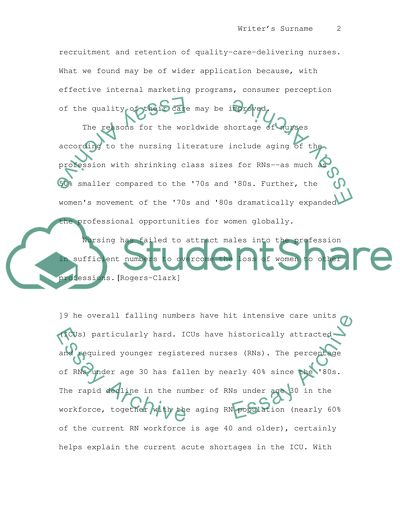Cite this document
(“Nursing Practice Foundation Essay Example | Topics and Well Written Essays - 2250 words”, n.d.)
Nursing Practice Foundation Essay Example | Topics and Well Written Essays - 2250 words. Retrieved from https://studentshare.org/nursing/1540177-nursing-practice-foundation
Nursing Practice Foundation Essay Example | Topics and Well Written Essays - 2250 words. Retrieved from https://studentshare.org/nursing/1540177-nursing-practice-foundation
(Nursing Practice Foundation Essay Example | Topics and Well Written Essays - 2250 Words)
Nursing Practice Foundation Essay Example | Topics and Well Written Essays - 2250 Words. https://studentshare.org/nursing/1540177-nursing-practice-foundation.
Nursing Practice Foundation Essay Example | Topics and Well Written Essays - 2250 Words. https://studentshare.org/nursing/1540177-nursing-practice-foundation.
“Nursing Practice Foundation Essay Example | Topics and Well Written Essays - 2250 Words”, n.d. https://studentshare.org/nursing/1540177-nursing-practice-foundation.


